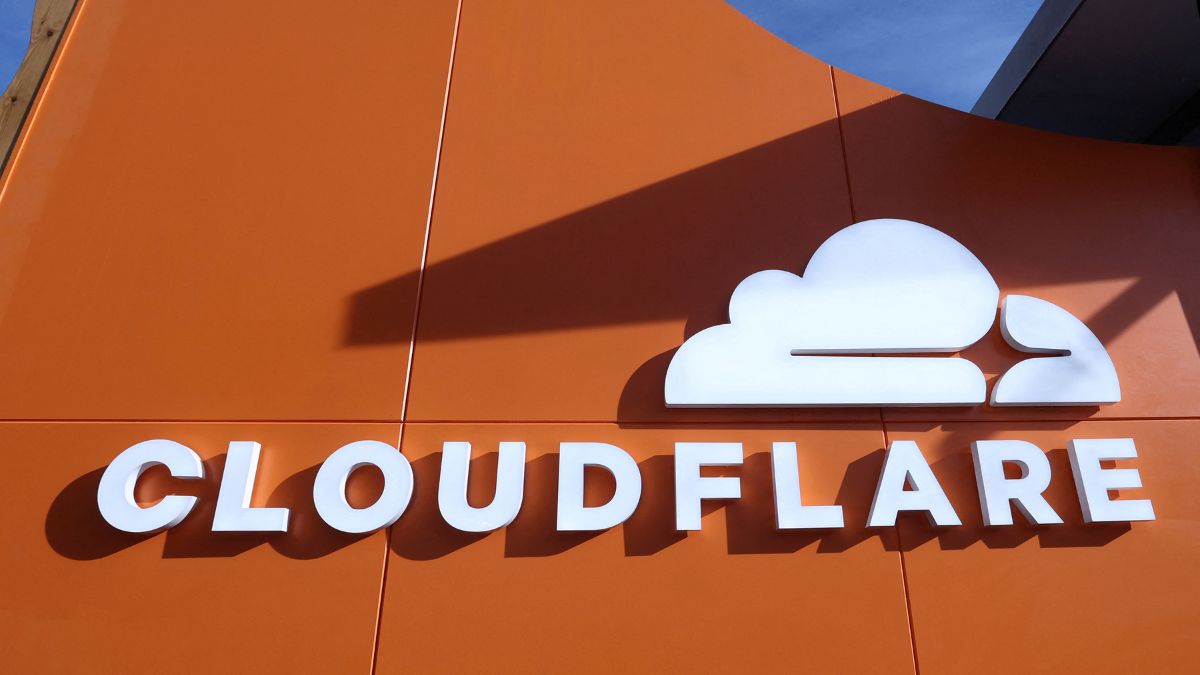Cloudflare went down today (November 18), disrupting access to some of the biggest websites around the world, including X, Letterboxd and ChatGPT, and leaving millions of people frustrated.
The company said it is aware that it is facing widespread errors and that it is working to resolve them.
But what do we know about Cloudflare? Why is it so important?
Cloudflare, the invisible hand
You may not have heard of Cloudflare until now. For good reason. Like Amazon Web Services, Cloudflare is one of the invisible hands that keeps much of the internet running. It runs DNS services and thus provides the infrastructure for much of the Internet.
Cloudflare allows you to access your favourite sites. It also protects websites from DDoS attacks and handles large volumes of data, all of which keeps them running smoothly when traffic is heavy.
Cloudflare describes itself as “one of the world’s largest networks” and says it has “millions of internet properties”.
“Today, businesses, non-profits, bloggers, and anyone with an Internet presence boast faster, more secure websites and apps thanks to Cloudflare,” its website states.
In simple terms, Cloudflare and companies such as Microsoft Azure, Google Cloud and Amazon Web Services (AWS) are essentially a stepping stone between your computer and the websites you frequent.
These companies, which are known as internet infrastructure providers, have their own data centres that distribute traffic. This allows people who surf the Internet to access websites quickly and reliably. However, when a service provider like Cloudflare goes down, this can result in vast outages throughout the internet. This is because so many popular websites rely on Cloudflare and similar infrastructure providers.
What happened?
Visitors to a number of websites and apps, including X, OpenAI, Spotify, Letterboxd, Perplexity and Gemini, were instead greeted with a message from Cloudflare asking them to “try again in a few minutes”.
DownDetector, the outage-tracking site many users go to first, faced issues with loading because it is dependent on Cloudflare. When it eventually came back online, it too showed a spike in reports on platforms such as X and Spotify.
“We have confirmed that the incident is caused by an issue with one of our third-party service providers,” OpenAI said in the most recent status update on its site.
Ironically, similar outages happened earlier this year with service providers such as Microsoft Azure and Google Cloud, and most recently with Amazon Web Services (AWS) last month.
Professor Alan Woodward of the Surrey Centre for Cyber Security told The Guardian that Cloudflare is “the biggest company you’ve never heard of”.
“We’re seeing how few of these companies there are in the infrastructure of the internet, so that when one of them fails it becomes really obvious quickly,” Woodward said. He added that the outage is unlikely to be a cyberattack.
What is Cloudflare saying?
Cloudflare provided an update earlier today saying that investigations are ongoing. Cloudflare has said it will share more information as soon as it understands the full nature of the outage.
It says some services are showing signs that things are returning to normal. However, as of now, the company has not specified a timeline for all the errors to be fixed.
Cloudflare in a statement said “customers may continue to observe higher-than-normal error rates as we continue remediation efforts.” It said the company is “continuing to work on restoring service for application services customers.”
“We saw a spike in unusual traffic to one of Cloudflare’s services beginning at 11.20 am. That caused some traffic passing through Cloudflare’s network to experience errors. While most traffic for most services continued to flow as normal, there were elevated errors across multiple Cloudflare services,” the company said.
“We do not yet know the cause of the spike in unusual traffic. We are all hands on deck to make sure all traffic is served without errors. After that, we will turn our attention to investigating the cause of the unusual spike in traffic.”
With inputs from agencies


)

)
)
)
)
)
)
)
)



